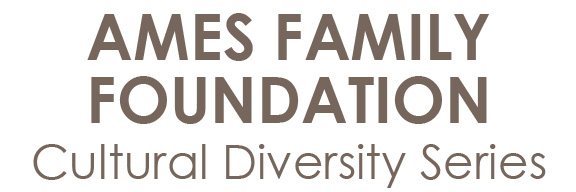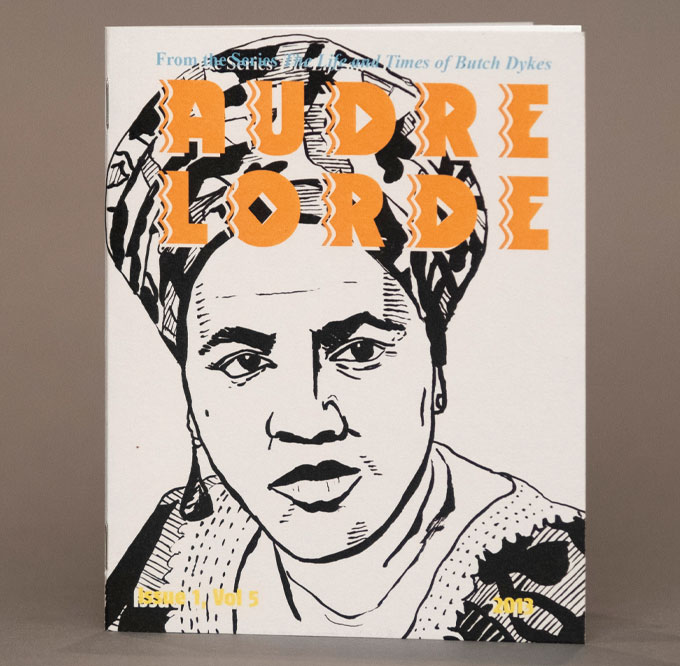
Boundless
Past Exhibition
Co-Curators’ Statement
by Cynthia Sears and Catherine Alice Michaelis
Boundless celebrates the visionary ideals of the artist’s book which often challenge, in the best of ways, our preconceived notions of what a book can be. Boundless explores the vast field of artist’s books, but also the thinking of book artists. Each work reveals the mapping and laying bare of uncomfortable, surprising, or unexplored terrain.
We see this literally in Mare Blocker’s Flight to Mars, 1989, where a Mare-like figure shoots out of a cannon, leaving Earth’s atmosphere and zooming toward a red planet. Another artist seeks to correct the historical record of the U.S. and affirm the dignity of Black trans lives with the flip book Mary Ann Waters is a Free Black Woman, by Kadin Henningsen. Kitty Maryatt’s re-creation of the pivotal 1913 publication La prose du Transsibérien, celebrates visionary book artists of the past and helps keep a vanishing print technique alive. Colette Fu dynamically captures, through photos and pop-ups, the ethnic minority people of China whose lives and cultures are rapidly changing.
Artist’s books clamor for our attention through structural engineering, color, medium, and content. Many direct our attention to important social and environmental issues, such as climate catastrophe. Nansen’s Pastport, by Anneli Skaar, was inspired by Fridtjof Nansen’s refugee passport for stateless persons following WWI. Skaar’s deluxe version has a bronze Nobel Prize, designed from the medal given to Nansen in 1922. It serves as a reminder of the life-saving role his passport held for nearly half a million people. Skaar’s reimagined passport for climate refugees, bound in salmon skin, is designed with beautifully rendered cyanotype images originally collaged from U.S. banknotes. A copper engraved print of a world map is held inside a folio covered in bright orange life vest material. Our Social Skin is a series of ten books shaped as clothing by Robin Holder. They consider U.S. federal holidays and question whom they represent. The conflicts they contain are quickly evident. Holder begins with New Year’s Day, portrayed as a party dress with text reading, “You can never be too rich or too thin” and lists many of the harmful ways female-identified persons are pressured to conform to unrealistic ideals of beauty. She ends the series with a child’s onesie, decorated in a Christmas theme with a tag hanging from the bottom asking, “What would Jesus buy?”
One of the beauties of a book is its intimate nature, and the power the viewer has to control the reading pace. Aimee Lee’s One Rhododendron Bush in May 2020 documents the early days of the pandemic. We turn the pages as Lee reveals a modest-sized rhododendron just outside her window, changing a little from day-to-day. Like many of us, Lee must look hard to see change in what has previously been taken for granted. Alisa Banks’ Emergence offers a different kind of meditative moment, one that comes with a candle embedded with a St. Michael medallion sitting between two books. Emergence examines cultural and personal truths. This is terrain not easily traveled, and to underscore that point, the viewer is tasked with how to take on two books at once.
The majority of works in Boundless are unique artist’s books, books found only in the Cynthia Sears Artist’s Books Collection at Bainbridge Island Museum of Art. Unique works by Beverly Naidus, Kathy Kuehn, Lucia Harrison, Karen Kunc, Evelyn Patricia Terry, Don Glaister, Halah Kahn, and many others, employ an intensive amount of hand-labor — painted, stitched, woven, collaged, carved, cut, dyed, and/or printed. Some artists, like Aimee Lee, begin by making their own paper.
Artist’s books can be highly experimental in materials or construction, including the tin art of Kathy Ross. Ross works from recycled materials to address climate change in Toast & Jam and issues of scarcity in Everything is About Everything.
Suze Woolf’s books document the bark beetle in many ways while noting a changing climate and dwindling forests. Her books employ sections of wood “written in” as the trees are chewed by bark beetles. Velma Bolyard made her own Shifu (paper woven into cloth), to create Bloodroot and Violet, a book boldly infused with the dyes made from these roots and flowers.
Just as the visions of many book artists lift us to broader ideas of what a book can be, so does this large-scale exhibition Boundless, with the inclusion of Troubling: Artists’ Books that enlighten and disrupt old ways of being and seeing, an installation of works curated by Tia Blassingame and Ellen Sheffield. Their focus on social and environmental justice works, many from the Cynthia Sears Collection, keep the spotlight right where our collective efforts need to be and stay focused — on equity, justice, and accountability.
When
Where
Share
Part of
Conversation with the Co-Curators
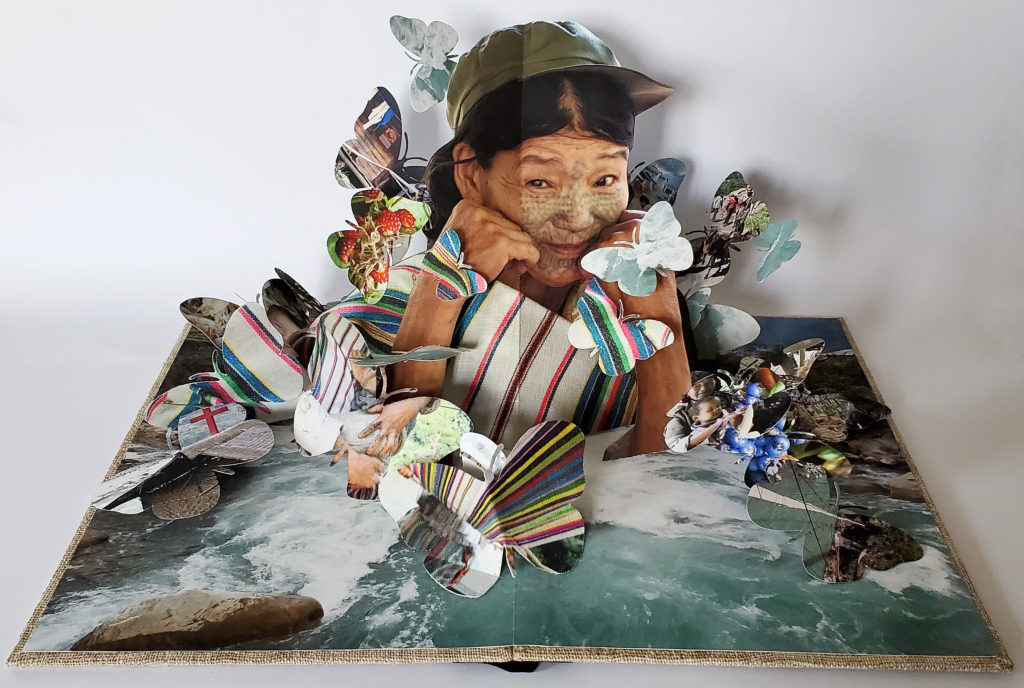
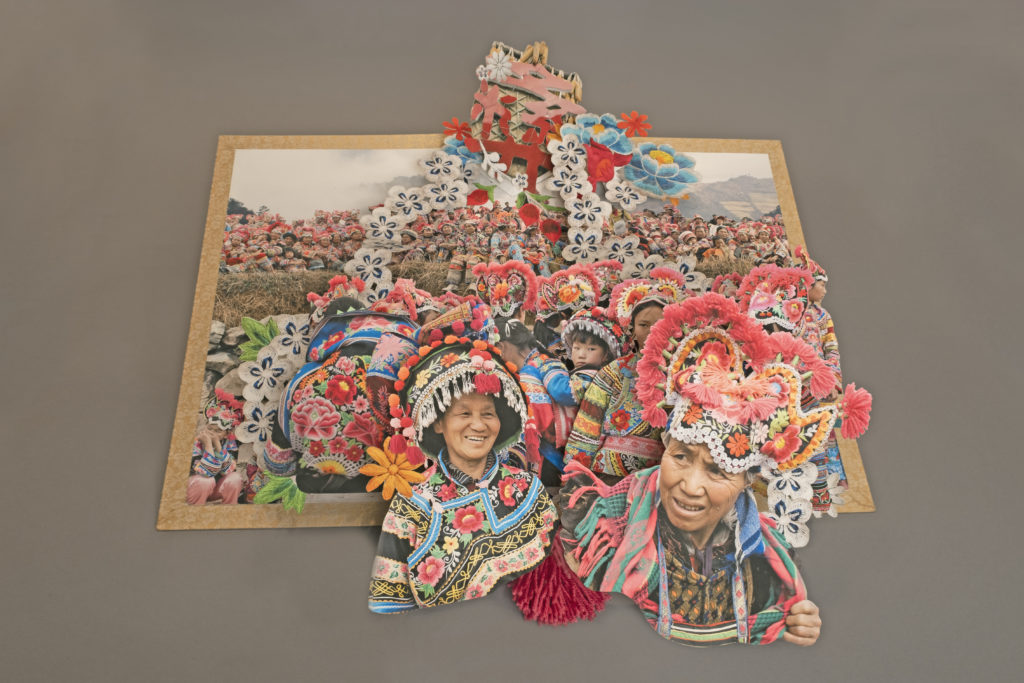
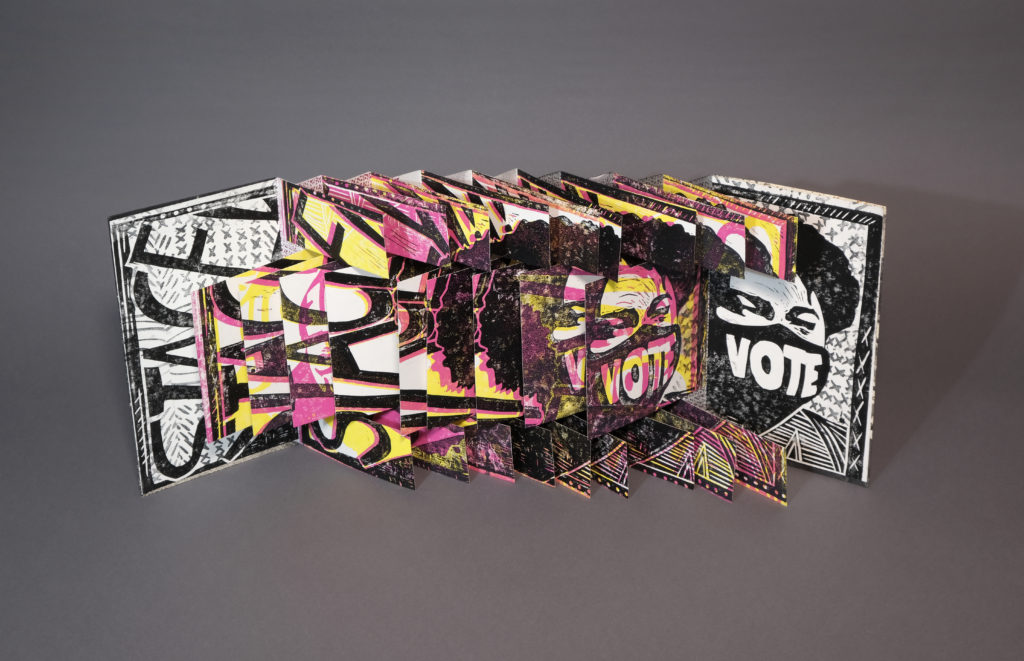
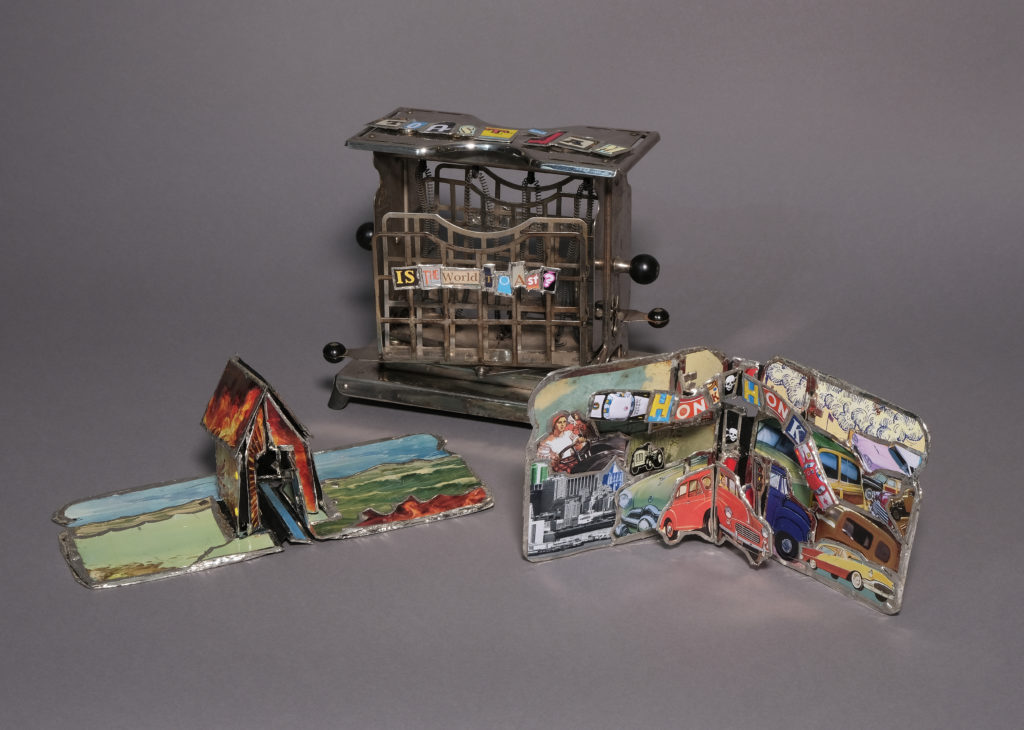
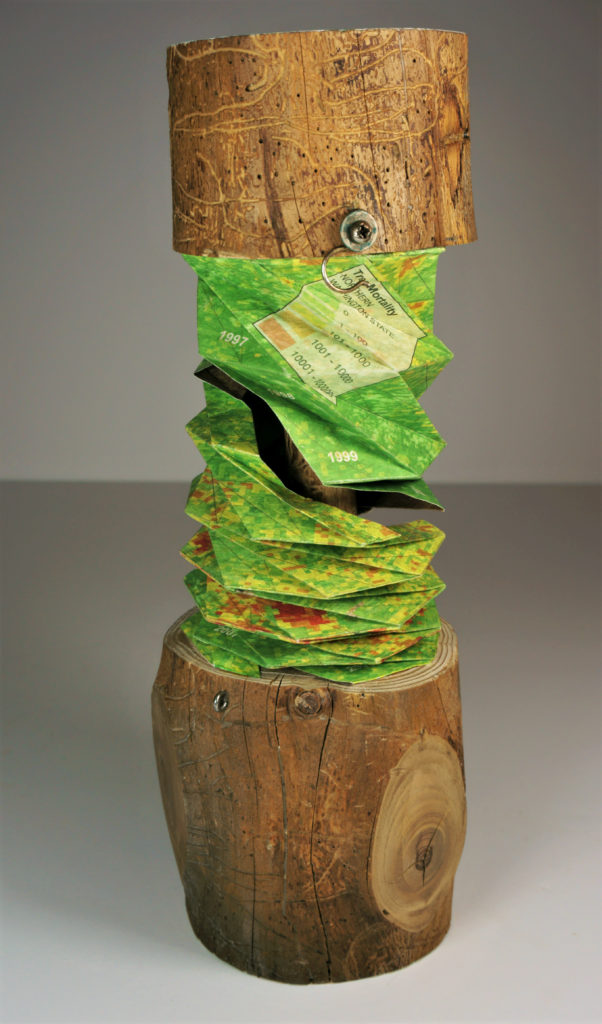
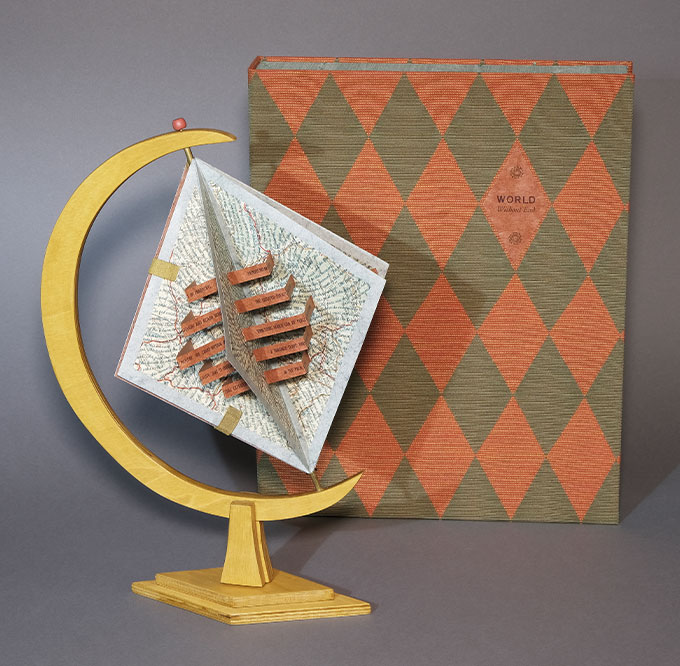
Exhibition Sponsors


